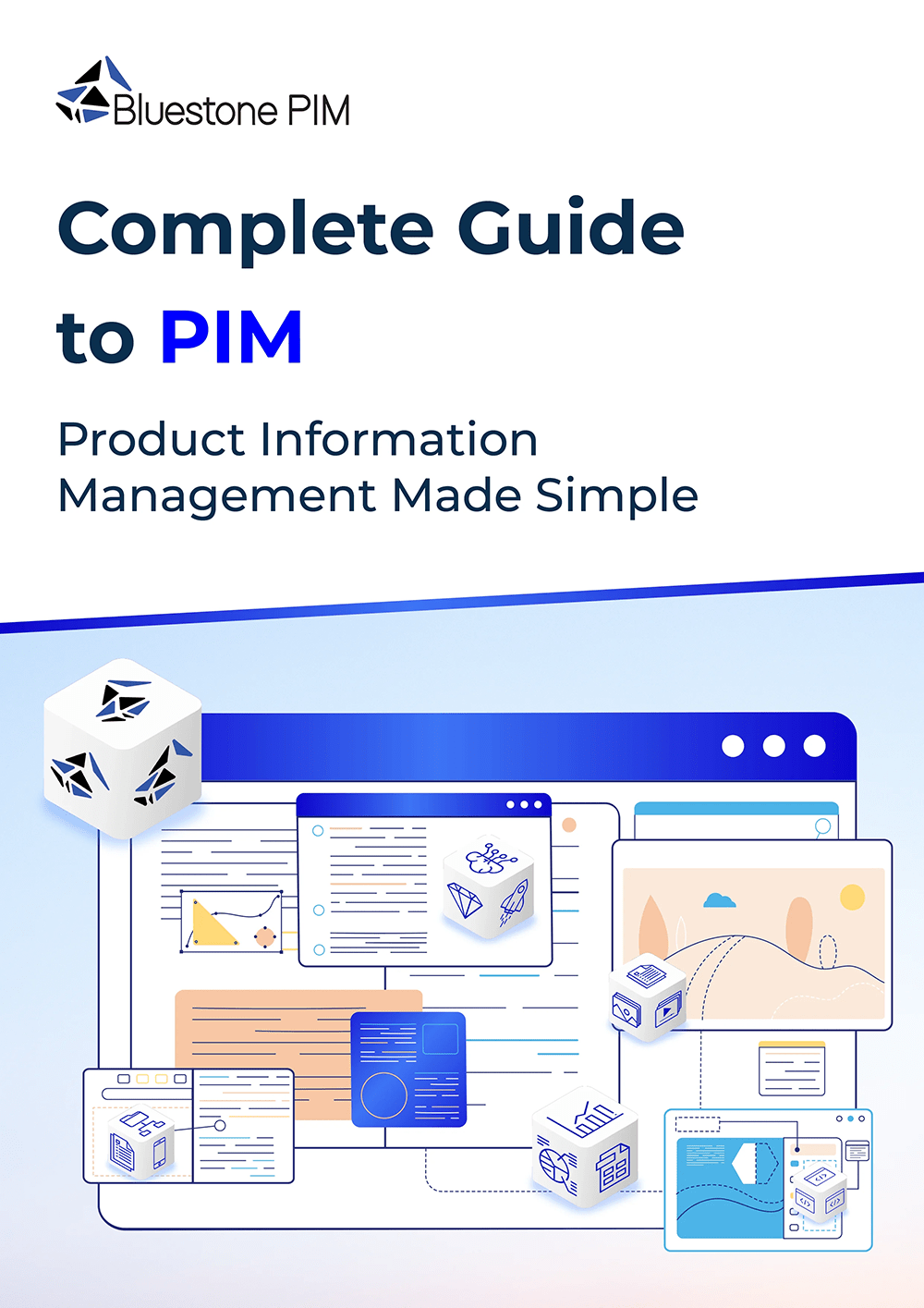Seems like Bluestone PIM caught your eyes.
Sign up for a newsletter to learn more without being hunted by marketing bots. Promise!
PXM EXPLAINED
What is Product Experience Management (PxM)?
Product Experience Management (PxM) tells your product’s best story, everywhere.
If you are an e-commerce manager, product manager, or business strategist, this page will walk you through what PxMm is, why it matters, and how you can achieve it with a PIM system.


Product Experience Management (PxM) Explained
Product Experience Management is how brands transform product data into outstanding shopping experiences.
PxM ensures every shopper sees the most relevant, persuasive product information, no matter where they shop, from Amazon to your own app.
The goal of PxM is simple: Get more customers to “Add to Basket.”
PXM achieves this by:
What are the Benefits of Product Experience Management?
Quality product content is the single biggest driver of conversion. Shoppers demand clear, rich, and accurate information before they buy.
Customers spend more and return more often.
Shopping is seamless, so buyers don’t get frustrated or drop off.
New products and markets launch faster without endless manual updates.
Selling on new channels is easy and cost-effective.
Omnichannel sales

In every sales channel, your product content needs to work towards one and continuing product experience.
Personalization

Sometimes less is more. A well-targeted offer is something which can differentiate your brand from competitors.
Contextualization

Different markets require different versions of product information, including currency, metric values or delivery details.
Product content analysis

Content analysis allows to integrate a product visually with its consumers to produce advertising that strengthens unique selling points.
How Do You Ensure Product Experience Management?
It all starts with Product Information Management (PIM) software.
Great product experiences require great product information: centralised, accurate, and easy to adapt. If your data is scattered or inconsistent, your product experiences will not stand out.
PIM is the backbone of PXM.
With Bluestone PIM, you get one reliable source for all your product data making it simple to personalise, enrich, and deliver content everywhere your customers shop.
Simply put, no PIM means no PXM.
How Bluestone PIM Makes PxM Effortless
Bluestone PIM puts you in control of every product experience, at scale:
- One source of truth: Collect and manage product data in one place.
- Smart enrichment: Use AI to enhance content, automate translations, and ensure accuracy.
- Instant syndication: Share product stories across all channels — from webshops to marketplaces — with a click.
- Built for change: 700+ APIs and a composable architecture let you adapt fast, no matter how commerce evolves.
Bluestone PIM turns complex product data into compelling, high-converting experiences everywhere.
What can you do with PxM?

Delight your customers
with engaging product stories across all sales channels, both online and offline

Create a 360-degree product experience
to meet the demands of omnichannel-savvy customers

Deliver context-aware product information
in multiple languages or according to culture-specific demands

Expand to new sales channels:
apps, websites, marketplaces, e-commerce platforms and many more
Do you want to learn more about customer experience?

In over 50 pages, you will learn how to create winning customer experiences that help you boost your e-commerce conversion rate and increase sales
You will find:
- How to become a customer-first company
- What makes the best product page
- How to use storytelling to create irresistible product experience
- What technology can help you in this journey
Why Product Experience Management Is Non-Negotiable
If your product information is outdated, inconsistent, or missing, customers will click away and buy from someone else.
Without strong Product Experience Management, you risk:
- Lost sales and abandoned baskets
- Frustrated customers who never return
- Your brand fading into the background
The brands winning today are the ones delivering rich, accurate, and personalised product stories everywhere their customers shop.
That’s why Product Experience Management is essential.

DOWNLOAD FREE E-BOOK
Complete Guide to PIM
This free guide walks you through everything you need to know about modern PIM software and how to use it as a foundation for growth.

Product Information Management Made Simple
Your go-to resource for understanding, choosing, and using a PIM system to grow your business. Packed with clear explanations, real examples, and practical advice, this guide shows how to manage product data efficiently, improve consistency across channels, and speed up time-to-market.
Create Better Product Experiences
with Bluestone PIM
Book a demo today. See how Bluestone PIM can help you deliver better product experiences!
